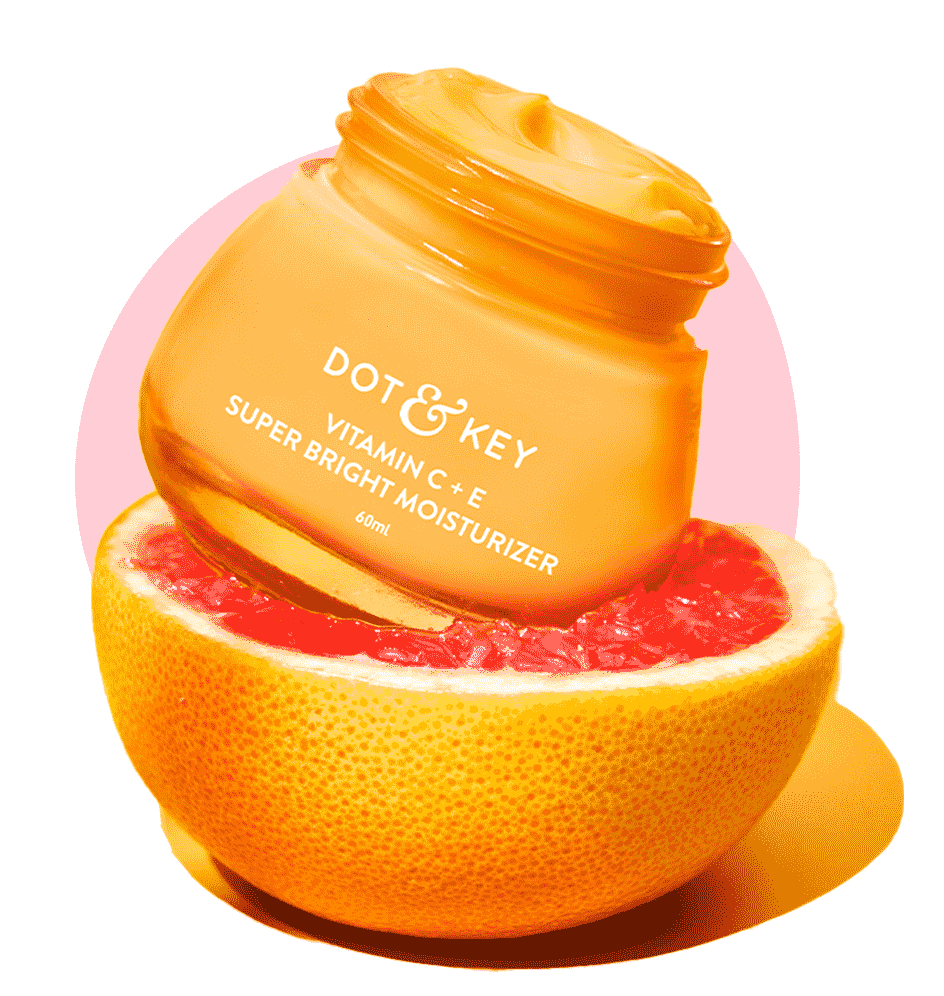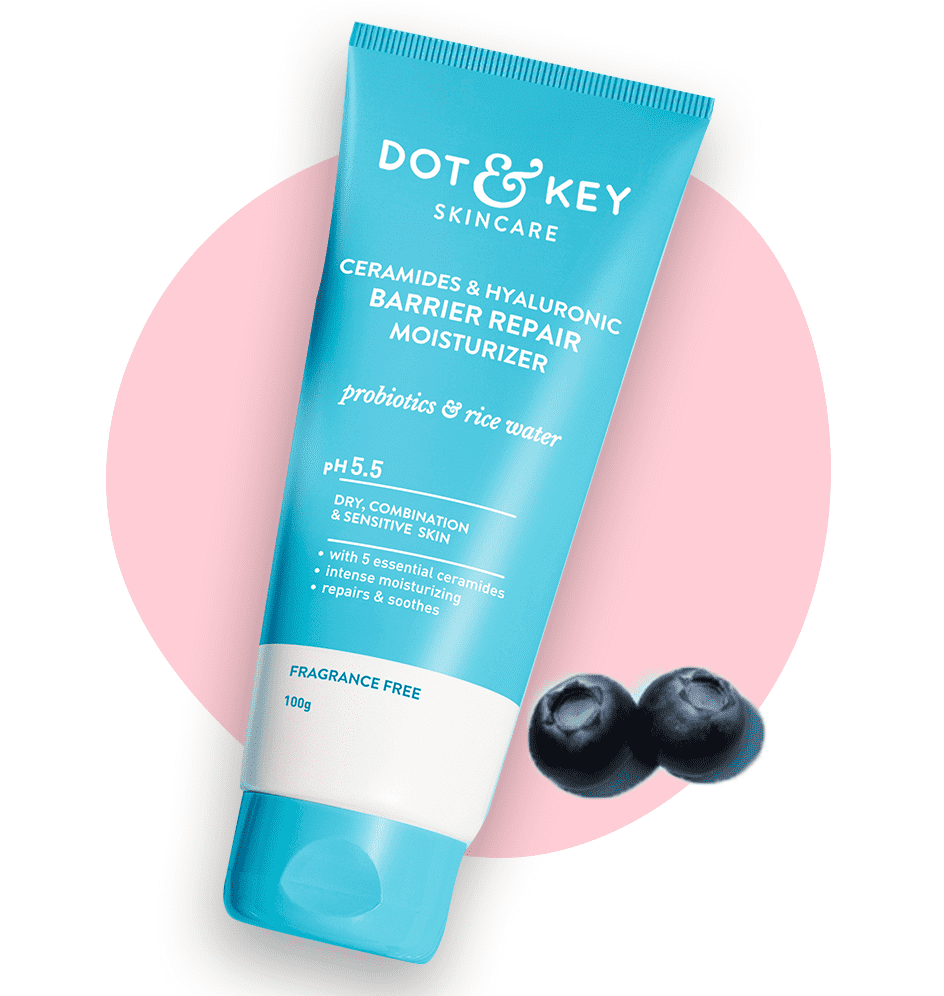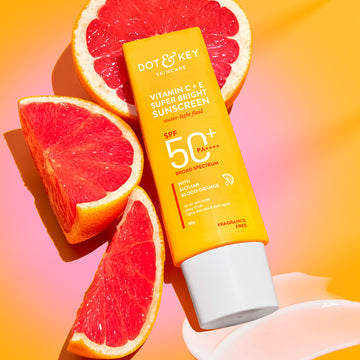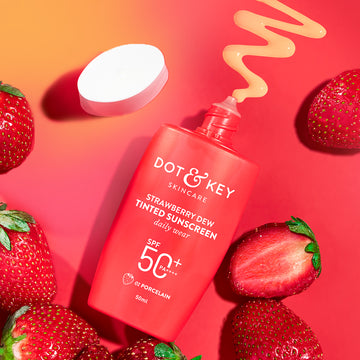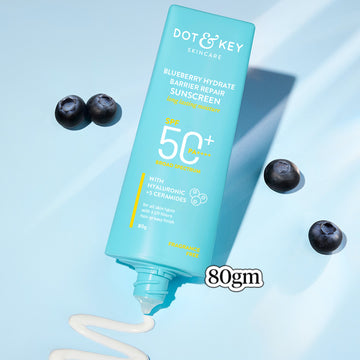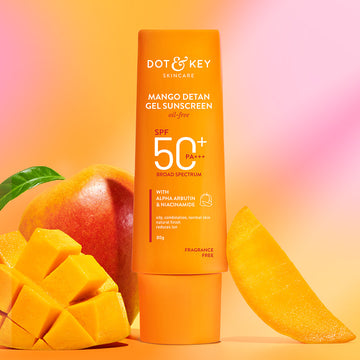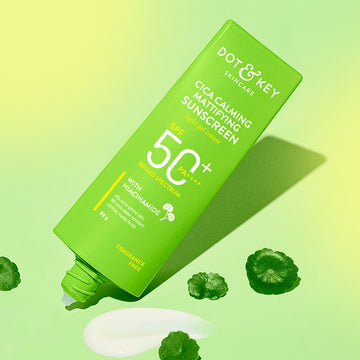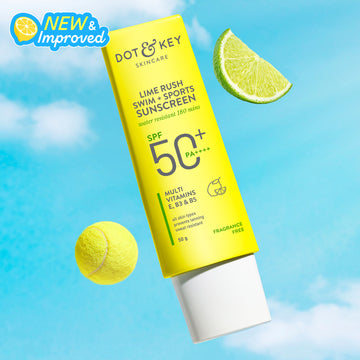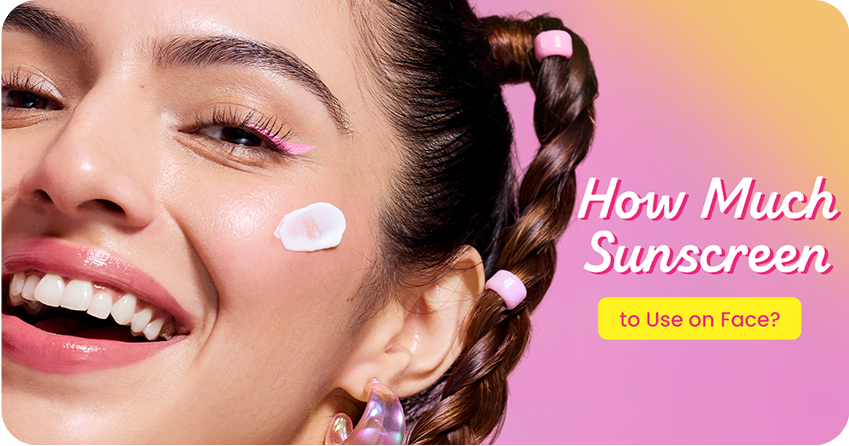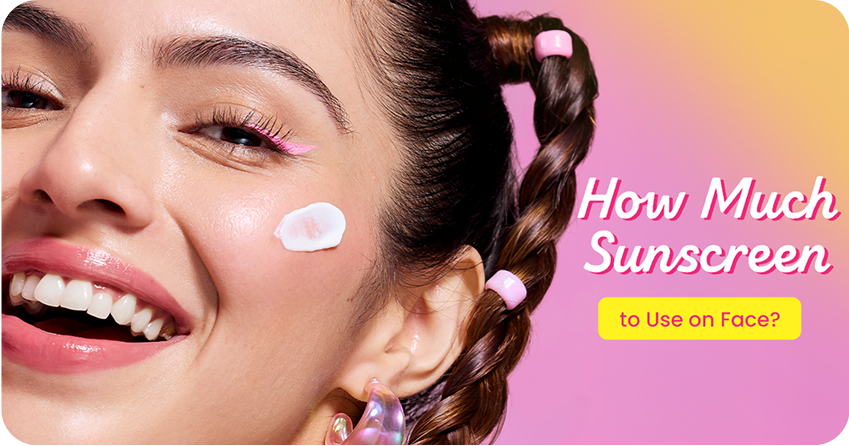
When it comes to sun protection, one question stands out: how much SPF sunscreen to use on face? Too little, and you’re risking UV damage; too much, and you might feel greasy or waste product. Getting it right ensures your skin stays shielded from sunburn, aging, and skin cancer—a priority in 2025 as UV exposure climbs.
This guide breaks down the exact amount, application tips, and science-backed advice to maximize your sunscreen’s effectiveness, leaving no guesswork behind.
Why the Amount of Sunscreen Matters
Sunscreen’s SPF (Sun Protection Factor) rating—like 30 or 50—promises a level of UV defense, but only if applied correctly. The American Academy of Dermatology (AAD) warns that under-application slashes protection, making how much SPF sunscreen to use on face a critical detail.
With skin cancer rates up 15% since 2015 (WHO, 2025) and UV rays aging skin faster than ever, nailing the dosage isn’t just about avoiding a burn—it’s about long-term health.
How Much SPF Sunscreen to Use on Face: The Golden Rule
The standard recommendation from dermatologists is 1/4 teaspoon (about 1.25–1.5 grams) of sunscreen for your face and neck combined. This equals roughly:
- Two finger lengths: The “two-finger rule”—dispense sunscreen along your index and middle fingers’ length.
- A nickel-sized dollop: If you’re scooping from a jar or tube.
For full-body coverage, the AAD suggests 1 ounce (a shot glass full), but how much SPF sunscreen to use on face zeros in on that smaller, precise 1/4 teaspoon for facial skin alone.
Why 1/4 Teaspoon?
This amount aligns with the 2 mg/cm² standard used in SPF testing labs, per a 2024 Journal of Dermatological Science study. It’s what manufacturers base their SPF claims on—apply less, and you’re not getting the promised protection.
Factors That Affect How Much SPF Sunscreen to Use on Face
The 1/4 teaspoon rule isn’t one-size-fits-all. Here’s what tweaks how much SPF sunscreen to use on face:
1. Face Size
Larger faces or those including the neck and ears may need closer to 1/3 teaspoon. Measure once with a spoon to gauge your fit.
2. Skin Type
Oily Skin: Lightweight gels might feel fine at 1/4 teaspoon.
Dry Skin: Creamier formulas might tempt you to use more for comfort, but stick to the standard unless layering moisturizer.
3. SPF Level
Higher SPF (e.g., 50+) doesn’t mean less product—how much SPF sunscreen to use on face stays consistent. SPF measures intensity, not quantity needed.
4. Activity Level
Sweating or swimming? The base amount stays 1/4 teaspoon, but reapplication frequency (every 2 hours) matters more.
5. Exposure Time
Brief errands might tempt you to skimp, but UV damage starts in minutes—stick to the full dose.
How Much SPF Sunscreen to Use on Face: Common Mistakes
Most people under-apply, cutting SPF efficacy by 50% or more, per a 2025 Skin Cancer Foundation report. Here’s where they go wrong:
1. Eyeballing It
Guessing often leads to half the recommended amount—use the two-finger rule or measure once to train your eye.
2. Skipping Areas
Forehead, nose, and cheeks get love, but ears, eyelids, and neck often miss out. How much SPF sunscreen to use on face includes these zones.
3. Mixing With Makeup
Diluting sunscreen with foundation or moisturizer weakens SPF—apply the full 1/4 teaspoon first, then layer.
4. Relying on SPF in Cosmetics
BB creams or powders with SPF rarely provide enough product to hit 2 mg/cm²—use standalone sunscreen beneath.
How to Apply the Right Amount of SPF Sunscreen on Face
Knowing how much SPF sunscreen to use on face is step one—application is step two:
- Start Clean: Wash your face to remove oil and dirt.
- Measure It Out: Dispense 1/4 teaspoon (two fingers’ worth) into your palm.
- Dot and Spread: Place small dots on forehead, cheeks, nose, chin, and neck, then rub in evenly with fingertips.
- Don’t Forget: Hit ears, around eyes (if product allows), and hairline.
- Wait: Let it dry 15 minutes before makeup or sun exposure.
- Reapply: Every 2 hours outdoors, or after water/sweat, using the same amount.
A 2024 Clinical Dermatology study found even application doubles protection compared to haphazard smears.
Does SPF Level Change How Much You Use?
No. Whether SPF 15, 30, or 50+, how much SPF sunscreen to use on face remains 1/4 teaspoon. SPF indicates how long you’re protected (e.g., SPF 30 = 30x longer before burning), not the volume needed. Dermatologists recommend SPF 30+ daily, applied at that consistent dose.
How Much SPF Sunscreen to Use on Face for Different Formulas
Texture affects feel, not quantity, but here’s how it plays out:
Creams
-
Best For: Dry or mature skin.
- Amount: 1/4 teaspoon feels rich but absorbs well.
Gels
- Best For: Oily or acne-prone skin.
- Amount: 1/4 teaspoon spreads easily, avoiding greasiness.
Lotions/Fluids
- Best For: Normal or combo skin.
- Amount: 1/4 teaspoon strikes a light, hydrating balance.
Sticks
- Best For: Touch-ups or small areas.
- Amount: Tricky to measure—swipe 4–5 times across face to approximate 1/4 teaspoon.
Sprays
- Best For: Convenience.
- Amount: Spray until skin glistens (about 6–8 pumps), equating to 1/4 teaspoon—rub in.
Reapplication: How Much SPF Sunscreen to Use on Face Again?
Initial application sets the bar, but reapplying maintains it. Use another 1/4 teaspoon every 2 hours outdoors, or after swimming/sweating, even with water-resistant formulas. Over makeup? Try SPF powders or mists, aiming for equivalent coverage.
Why Under-Applying Is Risky
A 2025 Photodermatology study found that using half the recommended amount drops SPF 30 to an effective SPF 10. How much SPF sunscreen to use on face isn’t negotiable—too little leaves you vulnerable to:
- Sunburn: Redness in as little as 10 minutes.
- Aging: UV breaks down collagen, per a 2024 Journal of Investigative Dermatology report.
- Cancer: Cumulative damage raises melanoma risk.
Conclusion
Now that you know exactly how much SPF sunscreen to use on your face (hello, two-finger rule ✌️), reapply like your skin depends on it (because it does!), there’s no excuse to skimp! This tiny daily habit (rain or shine) is your best defense against sunburn, premature aging, and long-term damage.
So go ahead—measure, dot, slather that sunscreen like your glow depends on it and step out knowing you’re fully protected and fabulous! Trust us, your skin in 2035 will look back and thank you!







